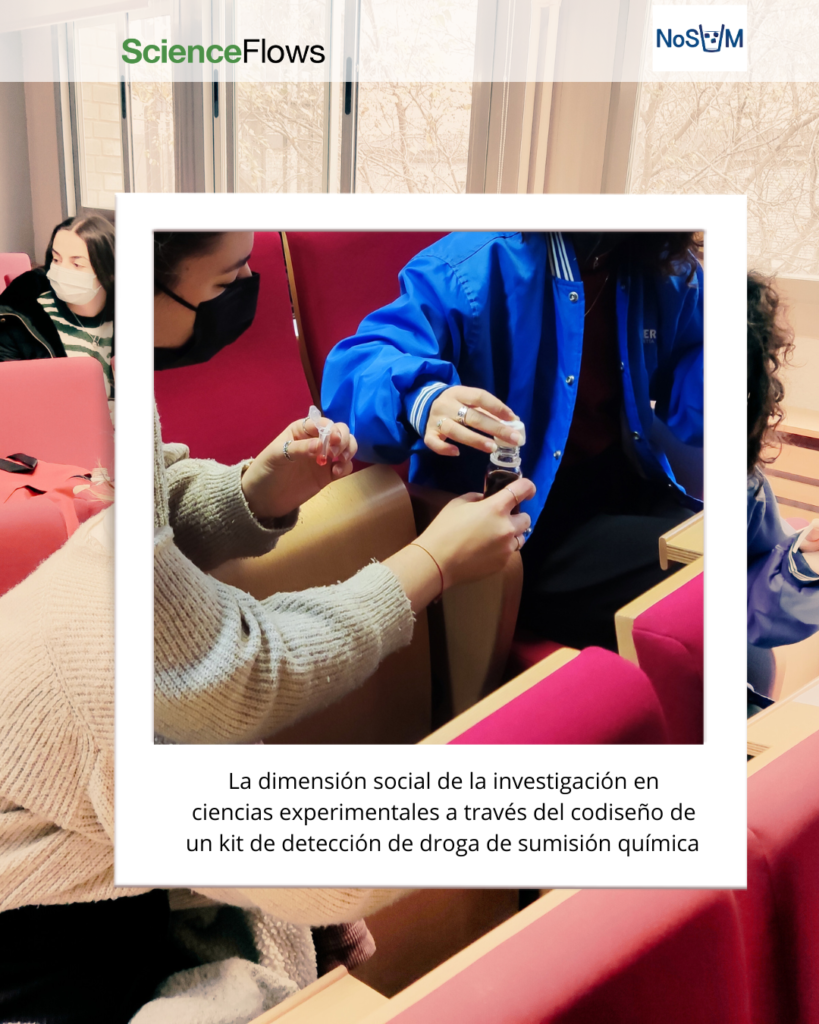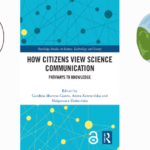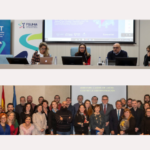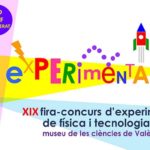Keys to collaboration between experimental sciences and social sciences
The social impact of some experimental science research requires interdisciplinary collaboration with social science teams that allows the problem addressed to be comprehensively addressed. An example of this is the NoSUM project, whose objective was to design an easy-to-use chemical submission drug detection kit. The project has recently published a book that includes the successful strategies and tools that have enabled more than 600 people to participate in the co-creation workshops and more than 1,000 to respond to the survey.
The NoSUM project is an example of how collaboration between experimental and social sciences contributes to developing products appropriate to the needs of citizens and based on solid scientific evidence. In this way, as researchers Carolina Moreno and Empar Vengut explain in the book La dimensión social de la investigación en ciencias experimentales a través del codiseño de un kit de detección de droga de sumisión química (‘The social dimension of research in experimental sciences through the co-design of a chemical submission drug detection kit’), the multidisciplinary collaboration strategy followed developed in the NoSUM project has multiplied visibility and achieved citizen involvement. In the book published in June of this same year you can consult the strategy and the results obtained.
NoSUM project
The goal of the NoSUM project was to design an easy-to-use chemical submission prevention kit. Therefore, citizen collaboration was essential. In this way, based on the technical development of the research group on Organic Materials for Detection and Controlled Release (MODeLiC), the ScienceFlows research group designed a broad awareness and communication campaign aimed at young and university audiences. To capture the interest of the public targeted by the project and who will ultimately be those who could potentially benefit from the results, the ScienceFlows research team designed an extensive communication campaign.
Actions carried out
- Training, awareness and sensitisation workshops. Located on university campuses, during the first phase of the project, awareness raising about chemical submission was carried out and students were recruited to participate in the kit co-creation workshops.
- Citizen laboratories. The co-design workshops made it possible to explain how the kit works and to offer participants samples to take away and use in real contexts. This first phase has been essential to verify the operation of the detection kits in real environments and propose design and usability improvements.
- Surveys. Through social networks, information panels and media campaigns, the ScienceFlows team launched a survey aimed at finding out the public’s perspective on chemical submission. This survey has allowed us to delve into the perspective of youth on this issue and estimate the number of people who may have been victims of this since in many cases these cases are not reported. The survey is a starting point for carrying out specific studies on chemical submission.
You can access the strategy, resources and tools in the book La dimensión social de la investigación en ciencias experimentales a través del codiseño de un kit de detección de droga de sumisión química (‘The social dimension of research in experimental sciences through the co-design of a chemical submission drug detection kit’).
Access to the book here.
How to cite: Vengut-Climent, Empar y MorenoCastro, Carolina (2022). La dimensión social de la investigación en ciencias experimentales a través del codiseño de un kit de detección de droga de sumisión química. València: ScienceFlows/Unidad de Cultura Científica y de la Innovación de la Universitat de València.
Translated by: Amaia Crespo









